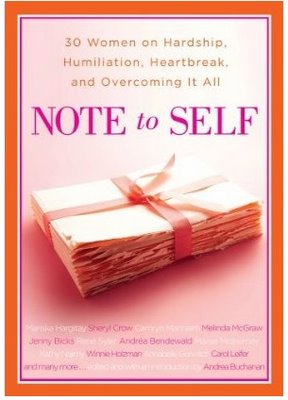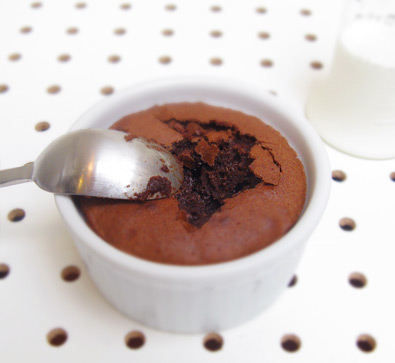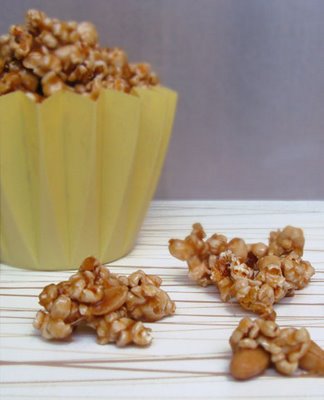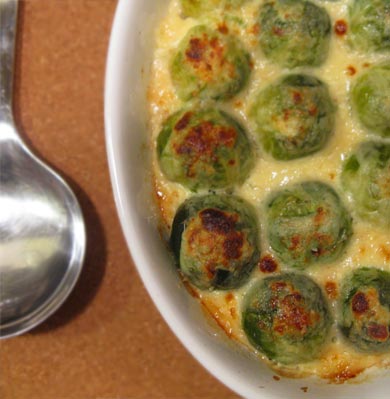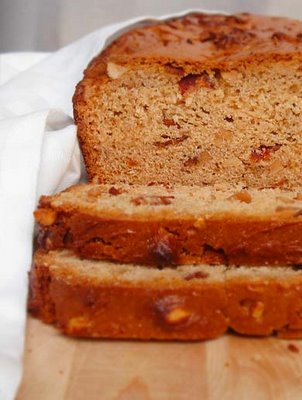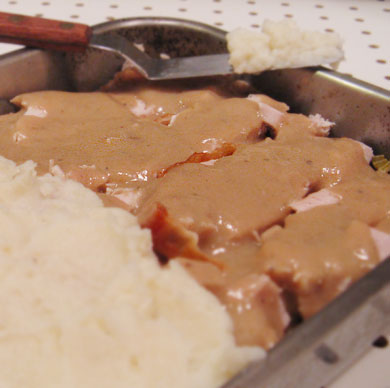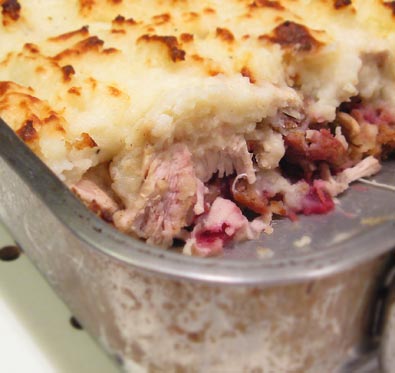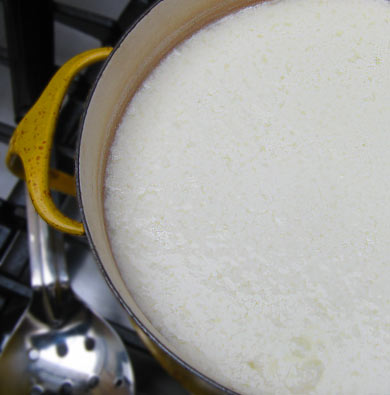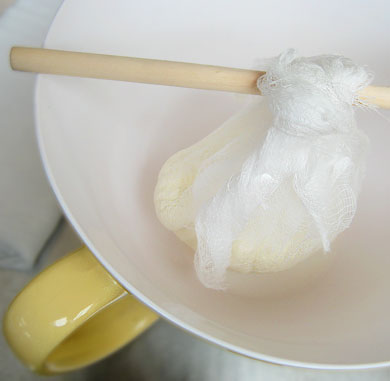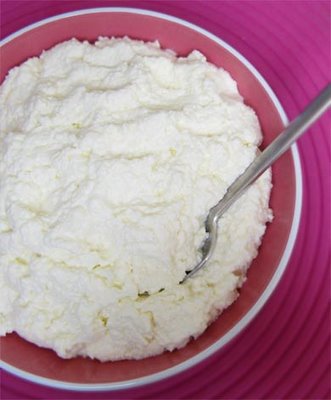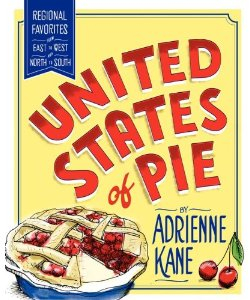 There are times when you make something so odd you simply have to share. This weekend I had one of those moments. Recently I have become a bit obsessed—with fat. Butter, schmaltz, duck fat, and who can forget the king of all fats—lard. I have become fascinated with the nuances of fat and this book has only encouraged my curiosities.
There are times when you make something so odd you simply have to share. This weekend I had one of those moments. Recently I have become a bit obsessed—with fat. Butter, schmaltz, duck fat, and who can forget the king of all fats—lard. I have become fascinated with the nuances of fat and this book has only encouraged my curiosities.
For years I had heard that there is no better medium for making pie crust than lard. Supposedly, it would make the dough roll out like a smooth, elastic dream, and the crust would be flaky and crumbly. And then cookbook author Jennifer McLagan confirmed the talk in her book, with a recipe for leaf lard pie dough. Fast forward to last weekend, a blustery Saturday morning, when I walked down to the bi-monthly, winter farmer’s market, and stumbled (well, trudged through the snow) upon a pork purveyor. He was having a two-for-one sale on precisely the type of lard needed for pie dough. I bought a pound of the stuff and made my way home.
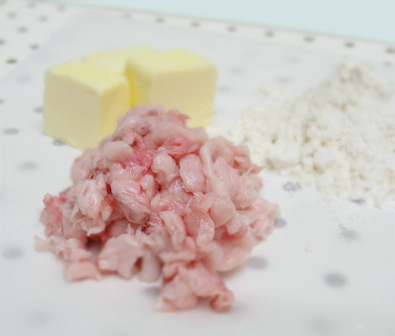
(I tried to make my lard look attractive!)
This weekend I had guests for dinner, so I made decided to ease myself into the world of lard with some pie dough, made with a mixture of butter and lard. My lard was whole, needing to be diced into manageable-sized pieces before being combined with the other ingredients to make the dough. When I cut open the vacuum-sealed package a subtle grassy, barn-yardy fragrance permeated the kitchen. But I forged ahead—of course lard would smell barn-yardy, it comes from a barn yard inhabitant!
I made my dough, and it did come together like a dream. The dough was not sticky, it was silky even, and rolled out with ease. But the scent, that outdoorsy fragrance, never disippated. I was making a galette, and as I piled on the ingredients, a smear of almond paste, some sliced pears, and tiny dollops of cranberry compote, I did have a sinking suspicion that I would be making piggy pie. But I cast aside my fears and popped the galette in the oven.
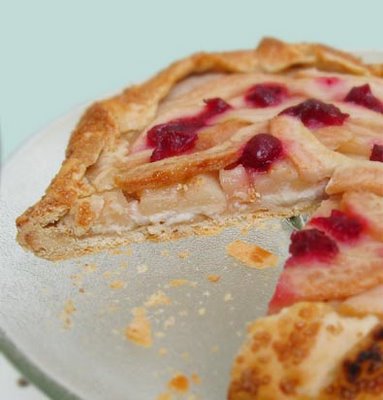
When the galette was done baking, I pulled it from the oven, and it was beautiful—if a bit stinky. I had to try some crust, for no other reason than to protect my guests from having a surprising finish to the meal. I crumbled a small piece of the crust, and tasted. It was truly odd, tasting of peat and pig; the barn-yardy aroma was now a peculiar taste. I called my mother in California, for no other reason than to alert her of my bizarre cooking event. She admonished me (like any good mother would), saying I couldn’t invite people over for dinner without serving a proper dessert. So I quickly ran around and mixed up a lemon pudding (thank you, Nigel Slater), that was light, creamy, and delicious.
When the dessert course rolled around, I served my guests both desserts, with the story of the day’s activities. Surprisingly, they all ate both sweets, though most detected a swine-like flavor in the galette. Upon sampling, I remarked that the galette tasted like Scotch, not one of my favorite alcoholic beverages to begin with. I pushed the pie away, and opted for the delightful pudding instead. But one of the guests loved the meaty flavor of the dough, and while the other guests each politely choked down their one slice of pie drowning it in softly whipped cream, Bobby had three. Which was fine with me; somehow I couldn’t imagine having that galette with a cup of coffee for next morning’s breakfast.
I wonder however, has my modern palate grown too accustomed for lard-based pastry dough, or was I deceived by the pork purveyor, and sold swiney lard rather than leaf lard? I still have one-half portion of lard dough in the freezer, waiting to be used. Maybe I should make another sort of pie with it—a pork pot pie.
Leaf Lard Pastry
from Fat: An Appreciation of a Misunderstood Ingredient
makes enough for a double crust
2 cups flour
3/4 teaspoon baking powder
1/2 teaspoon salt
2 1/2 ounces chilled butter
1/3 cup chilled leaf lard, diced
1/3 cup ice water
Combine the flour, baking powder, and salt in a food processor, pulsing to mix. Add the butter, and pulse just to begin blending. Add the lard and and continue to pulse until mixture resembles small pea-sized pieces. About 15 seconds.
Turn the mixture into a large bowl. Pour water over mixture, and mix well with a fork. Squeeze a bit of the dough between your fingers. If it hold together, transfer to a lightly floured board. If not, add additional teaspoons of water, and test again. Gently knead the dough into a ball. Divide the pastry into two disks. Wrap each in plastic wrap, and refrigerate for at least 30 minutes before using. This pastry also freezes well.
 The drop date for the book is quickly approaching. I can hardly believe it is almost here! I have started a Cooking and Screaming web page to let all of you know what’s new with the book. (As it turns out, that page is pretty barren now, but more is surely to come.)
The drop date for the book is quickly approaching. I can hardly believe it is almost here! I have started a Cooking and Screaming web page to let all of you know what’s new with the book. (As it turns out, that page is pretty barren now, but more is surely to come.)



